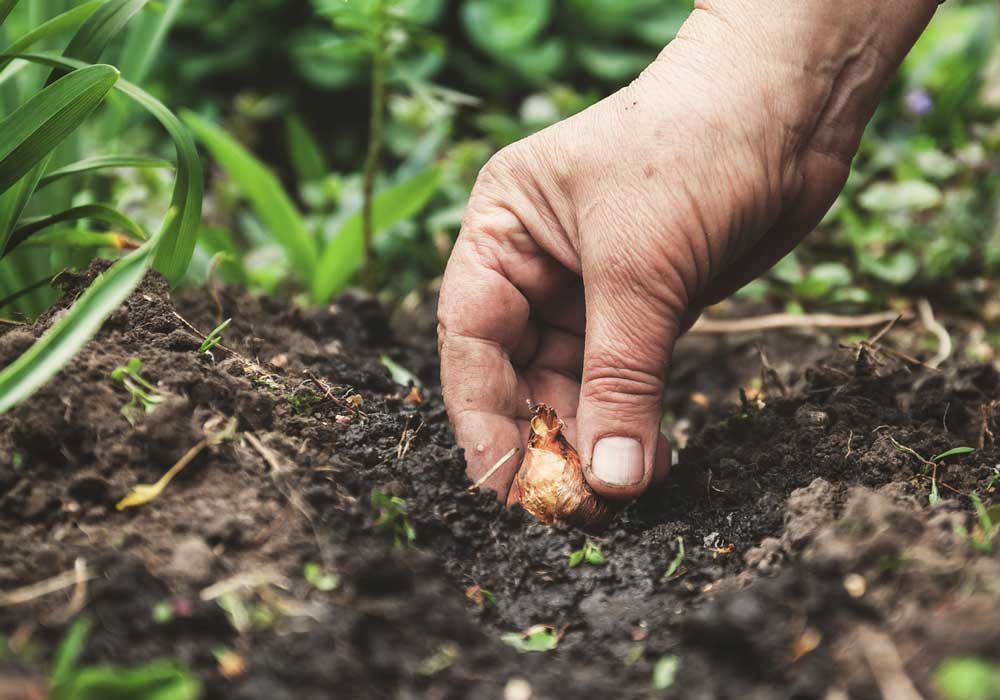
TOP TIPS: Autumn is the perfect time to start planning your spring garden
by Northern Life
A light ‘bulb’ moment
Autumn is the perfect time to start planning your spring garden. Plan carefully and you could have gorgeous bulbs flowering from the start of spring right through to the end of summer. We asked the experts at Gordon Rigg for their top tips on ‘spring bulbs’ to ensure your garden is simply blooming!
PREPARE WELL
Remove weeds and incorporate lots of compost or other organic matter when planting bulbs. On heavy soils, dig in horticultural grit. Bulbs grown in pots need good drainage so put plenty of crocks in the bottom.
TIME IT RIGHT
August is far too early to plant spring-flowering bulbs. October is the best time for daffodils; November for tulips.

Spring tulips in flower
BIG, FAT AND FIRM
When buying bulbs, reject any that are soft or showing signs of mould.
DIG DEEP
Bulbs should be planted in holes three to four times as deep as the bulb itself. So, for example, a 1in crocus bulb needs to be planted in a hole 3-4in deep.
WHICH WAY UP?
If you are not sure, plant the bulb on its side: its stem will find its own way up.
BULBS FOR SHADE
Not all bulbs need full sun. As well as woodland bulbs such as the dog’s tooth violet (Erythronium dens-canis), many Mediterranean bulbs grow well in shade. The most majestic bulb for the dappled shade provided by deciduous trees is imperialis.

The majestic imperialis
MARK THE SPOT
Plant labels are indispensable for marking the position of bulbs whose foliage has died. A discreet wooden label will prevent the frustration caused by plunging a fork into a border and spearing a clump of your favourite alliums.
DAMP LOVERS
Most bulbs need a period of dry conditions, but some only thrive in moist soils. In the wild, camassias grow in rich, moist meadows and need similar conditions in the garden.
SINGULAR BEAUTY
Bulbs planted singly in small terracotta pots and placed in an ordered manner around the garden bring instant elegance and formality. Use lily-flowered tulips, Fritillaria persica or large-flowered alliums.
ENEMY TACTICS
The biggest destroyer of bulbs is the squirrel. Planting the bulbs deeper than normal can help. Bulbs are most vulnerable after planting, when the soil is easy for squirrels to dig. Chicken-wire placed over the pot, or the freshly dug soil, will deter them.
MORE PLEASE
Bulbs are the cheapest plants available, so don’t skimp on the quantities you plant. Even in small gardens, massed plantings of a limited number of varieties is always most effective. In pots, allow for a dozen tulips per 12in container.
LIMIT YOUR LAYERS
Plant pots and window boxes with no more than two layers of bulbs to prevent the unsightly spectacle of later-flowering plants appearing through the dying foliage of earlier ones.
Thanks to the experts at Gordon Rigg Garden Centre, Moss Bridge Road, Kingsway, Rochdale OL16 4UX.




